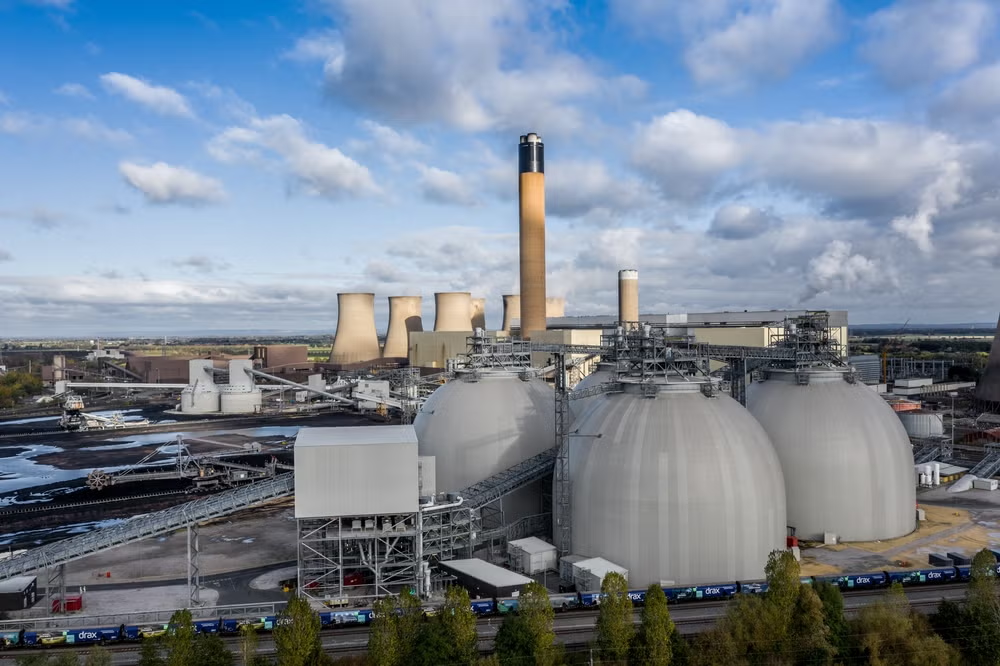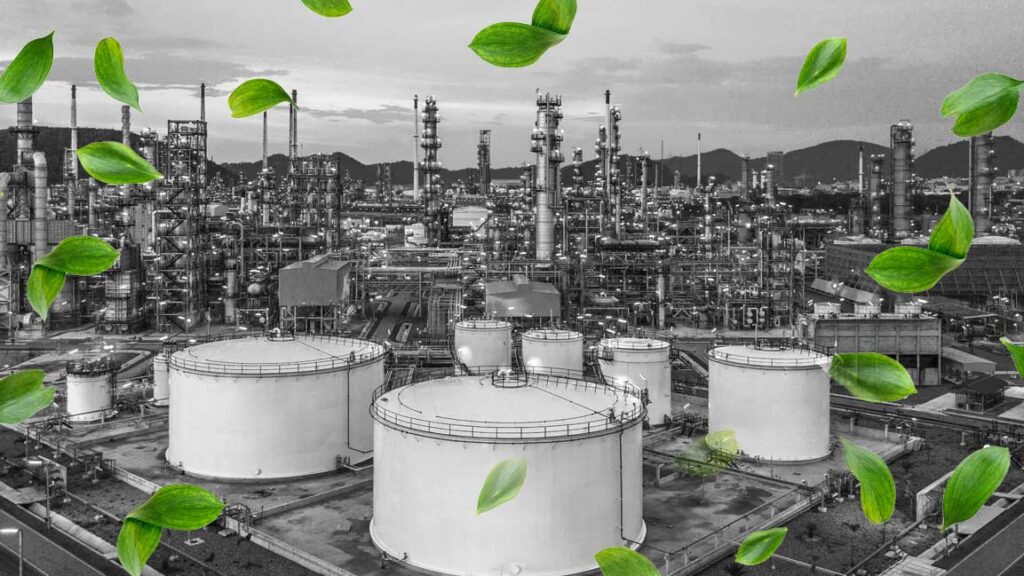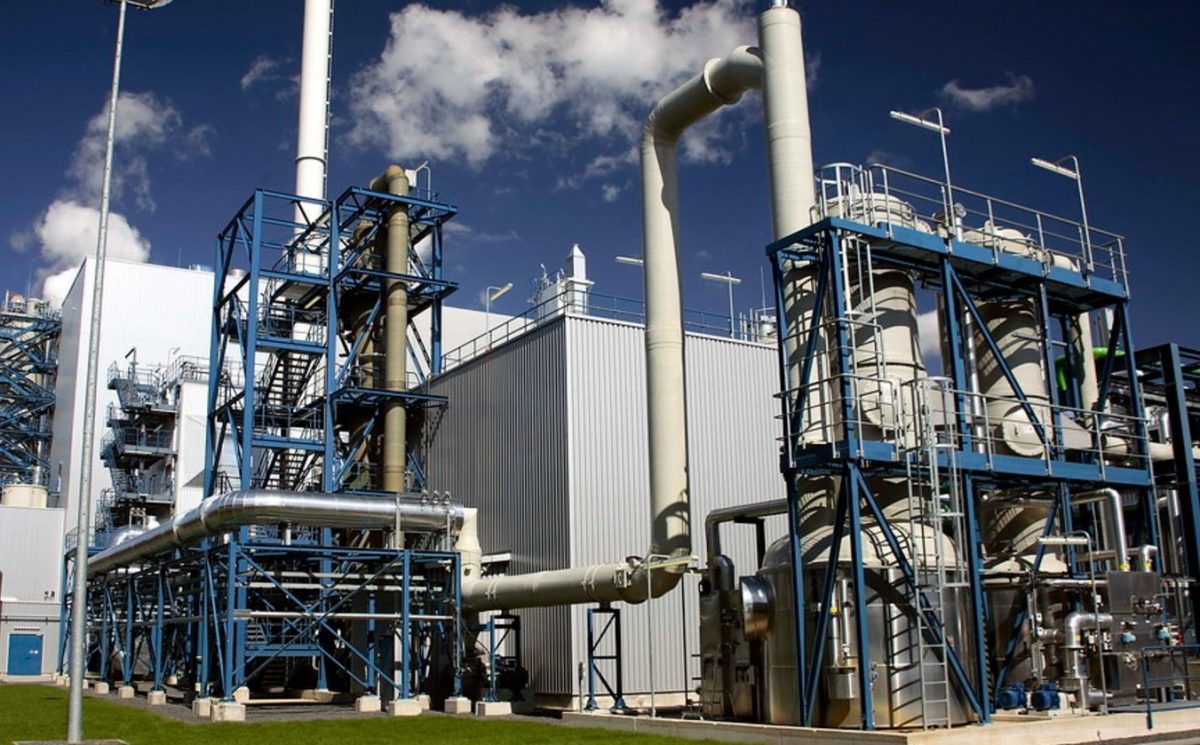In recent years, Qatar’s industries have embarked on a bold journey toward sustainability, piloting carbon capture technologies that promise to revolutionise emissions management. These initiatives represent a powerful testament to innovation, environmental responsibility, and long term vision. From petrochemicals to power generation, the country’s industrial heart is softening its carbon footprint and humanising environmental stewardship.
Why Carbon Capture Matters for Qatar
Straddled between global energy leadership and mounting climate concerns, Qatar faces a unique challenge and opportunity. Its world renowned natural gas and petrochemical sectors are key to economic strength but also significant sources of CO₂ emissions. Carbon capture technology offers a practical solution: capturing CO₂ before it enters the atmosphere, storing it securely, or repurposing it. This human centered approach underscores a commitment to citizens’ health, environmental quality, and economic resilience.
Landmark Pilots in Qatar’s Industrial Landscape
At the core of Qatar’s efforts are several pilot projects using cutting edge chemistry and engineering. In these pilots, CO₂ is extracted from flue gases in refining facilities and power plants using advanced solvents and modular capture units. Operators are engaging real people from plant workers to engineers, empowering them with training, new roles, and deep pride in cleaner production.
Personalised Benefits for Communities and Workers
It’s not just the planet that benefits, local communities and employees see direct improvements. With lower local emissions, air quality improves and public health risks diminish. Workers gain new skill sets and participate in high tech operations, enhancing job satisfaction and safety awareness. By weaving social well being into technical deployment, these pilots remain grounded in empathy and real human impact.

Innovative Partnerships Powering Progress
These initiatives flourish through strong collaboration. Qatar’s national energy companies partner with global tech developers, academic institutions, and environmental agencies. Together they co design systems tailored to regional conditions such as temperature, humidity, and feedstock composition. These collaborative networks foster knowledge sharing, capacity building, and shared pride in accomplishments that benefit the entire Gulf region.
Measuring Success: Data, Emissions, and Real World Impact
Each pilot project collects detailed operational data such as capture rates, energy consumption, and life cycle emissions to measure performance rigorously. Early results show promising CO₂ reductions of 50 to 90 percent depending on facility type. What’s more, pilots are exploring utilisation cases like converting captured carbon into fuels or industrial chemicals, turning waste into value. These successes humanise the abstract goal of emissions reduction, giving substance to climate ambition.
Scaling Up: From Pilot to Full Scale Deployment
With strong early outcomes, Qatar is preparing to scale successful systems into full scale commercial operations. This involves larger capture units, dedicated storage facilities, and long term CO₂ management plans. Scaling brings new challenges such as capital investment, regulatory frameworks, and supply chain coordination but also immense promise: creating green industrial clusters, generating skilled jobs, and strengthening energy export credentials on the world stage.
Economic Upside: Profits, Jobs, and Global Competitiveness
Carbon capture doesn’t just cut emissions, it drives economic opportunity. With lower carbon intensity in exports, Qatar can attract climate aware international partners and premium energy markets. Domestic manufacturing could adopt captured carbon for synthetic products, spurring new industries. Meanwhile, skilled technicians, engineers, and researchers gain hands on experience, boosting the national talent pool and uplifting local livelihoods.
Human Stories Behind the Technology
Behind every carbon capture module are people, engineers adjusting solvent chemistry, technicians monitoring pipelines, and neighbours learning about local benefits. Their experiences give texture to technical achievements. Workers describe pride in helping reduce emissions, while community members report cleaner air and fewer dust or odor complaints. These stories reflect the weekend dinners, school days, and everyday lives benefiting from a greener industrial future.

A Vision for a Greener Gulf Region
Qatar’s pilots serve as a beacon for the Gulf. Regional neighbours, facing similar industrial emissions challenges, are closely watching. Knowledge sharing forums, joint training programs, and collective ambition are nurturing a Gulf wide vision, one where carbon capture transforms energy export economies into sustainability leaders. The technology becomes a symbol of regional progress, unity, and forward thinking.
Challenges and Commitments Ahead
Implementing carbon capture at scale isn’t simple. It demands clear regulatory frameworks on captured CO₂ ownership, long term storage oversight, and verification systems. Energy use for capture operations must be managed, often offset by renewable power or waste heat recovery. Yet Qatar’s leadership remains steadfast in addressing these challenges through transparent governance and social engagement, embedding accountability into every stage.
What Comes Next for Qatar
Looking forward, Qatar plans to expand pilot locations across industrial zones, integrate carbon utilisation pathways, and explore underground geological storage. Enhanced policy support, financial incentives, and public private partnerships will accelerate progress. Pilots will transform into enduring infrastructure, weaving carbon capture into national development strategies and humanising climate action through tangible impact.
Why This Matters Globally
Qatar’s pilot programs demonstrate that carbon capture can work, not just conceptually but concretely. By focusing on real people, clear data, collaborative innovation, and opportunity, it shows other nations how to transition heavy industry toward sustainability. This serves as a proof point that large scale emissions mitigation is possible with vision, investment, and care for communities.
Do follow Gulf Magazine on Instagram.
Also Read – Smart parking apps optimising real time spots in Qatar



